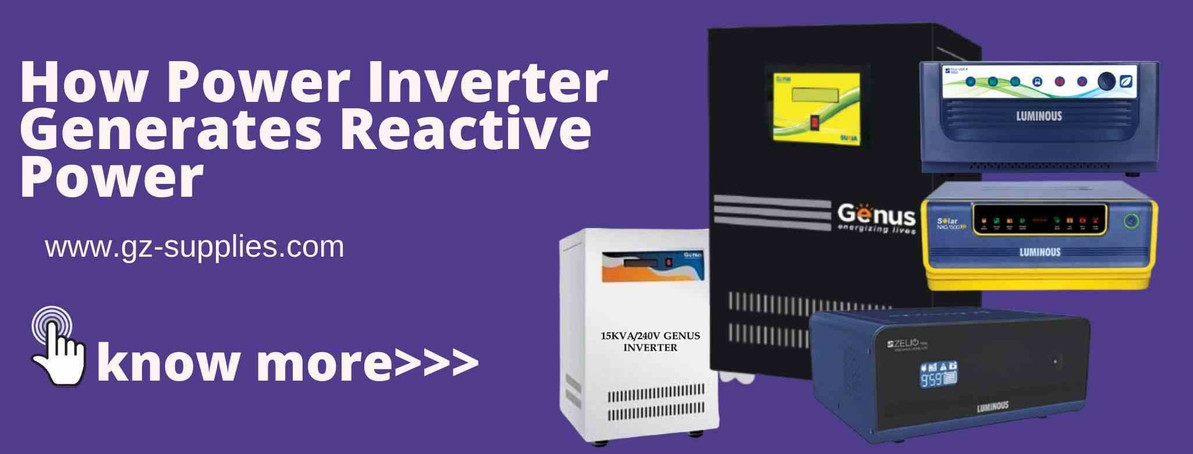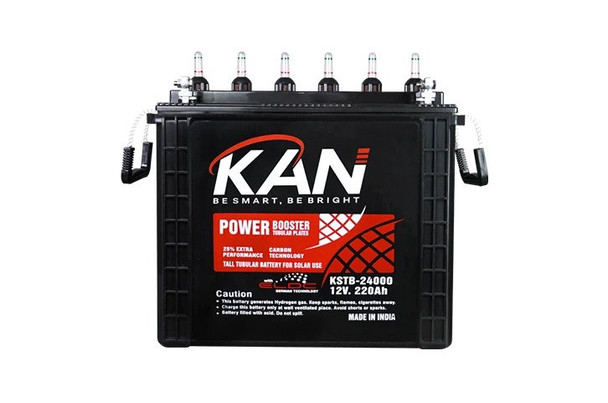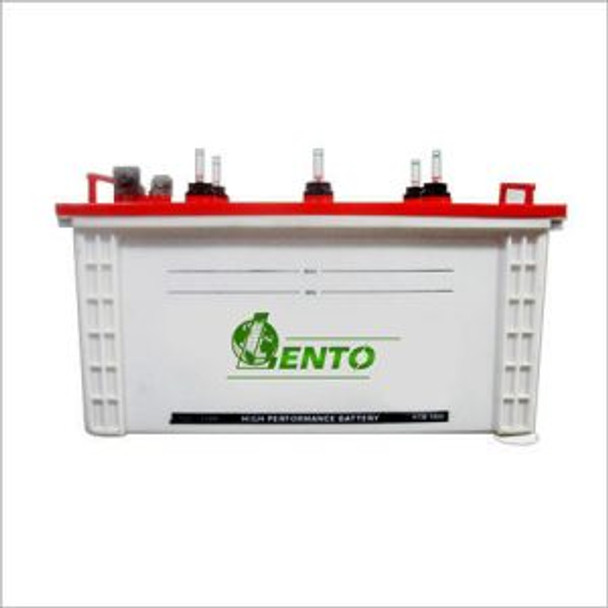How Power Inverter Generates Reactive Power
Key Takeaway
- Inverter Operation: A power inverter converts DC (Direct Current) to AC (Alternating Current) by switching the DC voltage on and off rapidly, generating an AC waveform that can be used to power devices.
- Active vs Reactive Power: Active power (or real power) is the energy that does actual work in the system, while reactive power does not perform useful work but is necessary for creating and maintaining the magnetic fields in inductive components like motors and transformers.
- Reactive Power Generation: Inverters generate reactive power by altering the phase angle between voltage and current. When the inverter output is not perfectly in phase with the load current, reactive power is produced.
- Capacitive and Inductive Behavior: Depending on the load and the inverter's control mechanism, it can either generate capacitive or inductive reactive power. Capacitive reactive power is generated when the inverter output leads the current, while inductive reactive power is produced when the current leads the inverter output.
Introduction
A power inverter or inverter is a power electronic device or circuitry that changes Direct Current (DC) electricity from sources such as batteries or fuel cells to Alternating Current (AC).
The input voltage, output voltage, frequency, and overall power handling depend on the design of the specific device or circuitry. The inverter does not produce any power; the power is provided by the DC source. Power inverters are primarily used in electrical power applications where high currents and voltages are present.
Buy Online... Kan 12v. 220AH Solar Tubular Battery
Reactive Power
Reactive Power is the power needed to keep the electric current flowing, and helps maintain voltage levels that are needed for system stability.
In the same way that we can think of real energy being stored in a battery, it is useful to think of reactive power as being stored within the electric field of a capacitor or the magnetic field of an inductor. To the degree that any circuit shifts the phase of the current to the voltage (and this can only apply to AC circuits), its impedance is said to have a reactive component. So, any circuit, including an inverter, that has an inductive or capacitive component to its impedance is temporarily storing reactive power in one or more of its components. An inverter often has a transformer as part of the circuit that attaches to an AC input and so is often an inductive load from the view of the power company.
Renewable energy sources, such as solar power, provide not only electricity but can also be used to generate reactive power. To prevent blackouts, renewable energy systems also need smart inverters to control the energy flux and manage the passive power of electrical grids.
Reactive power does not do the work of electricity we all know, like lighting a lamp or heating water. Instead, the AC system consumes reactive power to keep electricity flowing.
As the amount of electricity flowing on a line increases, so does the amount of reactive power needed to move the additional electricity and maintain the proper voltage. The longer the distance power moves on a line, the more reactive power is consumed. When reactive power is insufficient, voltage drops. If it continues to drop, protective equipment will shut down affected power plants and lines to protect them from damage.
Buy Online... Cleon Solar and Inverter Tall Tubular battery 12V 240AH
How Power Inverter Generates Reactive Power
We can use an inverter for reactive power generation. To deliver reactive power only, the voltage source connected to the main grid through a reactance has to generate a voltage in phase with the grid voltage but with higher amplitude. To absorb reactive power, it will generate a voltage still in phase with the grid voltage but with a lower amplitude.
Inverters generate reactive power by use of the freewheeling diodes on each of the power switches. The inductive nature of the load makes it want to draw current even after the power switch has been turned OFF. The load is shown as an induction motor but maybe the primary of a three-phase transformer or any other AC load. For an inverter to handle reactive power it must have the ability to run backward and absorb the reactive energy. This technology is called four-quadrant operation. The inverter can provide reactive power based on a function of the entire size of the inverter, not just on the level of generation. So, if cloudy skies drop solar generation from 100 percent to 10%, the inverter can use the other 90% of its remaining capacity to supply reactive power support and enhance utility grid power quality.
Reactive power control can be implemented in several ways – inverters can either be set to supply a specific ratio of active to reactive power, or set to dynamically match the reactive power requirements of the load as these change over time.
Inverter apparent power capacity is measured in Volt-Amps (VA). Historically, when inverters operated at unity power factor, the apparent power rating of an inverter (VA) was equal in value to the active power rating (W). So these terms were often used interchangeably. In the world of reactive power control, however, this is no longer the case, so the relationship between inverter capacity and active power needs to be clearly understood. Thankfully, it is a relatively simple relationship as shown in the following formula:
Inverter capacity x Power Factor = Active Power
Traditionally, PV Inverters were intentionally designed to feed as much active power (kW) as was available at unity power factor into the point of common coupling (PCC). More recently, utilities and independent power providers have shown tremendous interest in the three-phase inverter’s capability to also absorb and provide reactive power Q (kVAR) from and to the grid.
Over 95% of the time a PV inverter is running below its rated output current when converting DC solar power to AC active power. The unused capacity of the inverter can then be put to use to produce reactive power. The output of a smart PV inverter has both reactive and active AC currents that add geometrically to the apparent power, which will be limited by the current rating of the inverter.
GZ Industrial Supplies prides itself on being the first stop shop for inverters and batteries in Nigeria. You can call or visit any of our offices to discuss with our experts.
Buy Online... Lento Tubular Battery 220ah 12v
Readers Also Watched...
Frequently Asked Questions
1. What is reactive power in the context of a power inverter?
Reactive power refers to the power that is needed to maintain the electric and magnetic fields in inductive loads like motors and transformers. Although it doesn’t perform any useful work, reactive power is crucial for the proper functioning of AC systems. In a power inverter, reactive power is generated when the inverter's output voltage and current are out of phase, which is necessary to support the system's voltage levels and maintain stability.
2. How does a power inverter control the generation of reactive power?
A power inverter controls reactive power generation by adjusting the phase relationship between the output voltage and current. When the voltage leads the current, capacitive reactive power is generated, whereas if the current leads the voltage, inductive reactive power is produced. Inverters typically use power factor control mechanisms to manage and regulate this phase difference, ensuring that the appropriate amount of reactive power is supplied or absorbed to support system voltage and stability.
3. Can an inverter generate both inductive and capacitive reactive power?
Yes, an inverter can generate both inductive and capacitive reactive power, depending on how its output is controlled. If the inverter's output voltage is ahead of the current, it produces capacitive reactive power. Conversely, if the current leads the voltage, inductive reactive power is produced. The inverter can adjust its output to either absorb or supply the required reactive power based on the system’s needs.
4. Why is reactive power important for an inverter's operation?
Reactive power is crucial for maintaining the voltage stability and supporting the magnetic fields in inductive loads, such as motors and transformers, which are common in industrial and residential power systems. Without adequate reactive power, voltage levels can drop, leading to inefficient operation or even failure of electrical equipment. Inverters help supply the necessary reactive power to ensure that voltage remains stable and the system operates efficiently.
5. How does a power inverter contribute to grid stability with reactive power?
In grid-connected systems, power inverters play a key role in grid stability by either generating or absorbing reactive power as needed. By supplying reactive power, the inverter helps maintain voltage levels across the grid, ensuring the stability of the electrical supply. Inverters can adjust their output to meet real-time grid requirements, which is especially important for renewable energy sources like solar or wind power, where reactive power control helps maintain smooth integration into the grid.
Related Articles
Buy Power inverters from the best supplier in Nigeria
Why Use Distilled Water For Inverter Battery - GZ Industrial Supplies
The Best Inverter Battery in Nigeria 2023 Reviews - GZ Industrial Supplies
Conclusion
Understanding how a power inverter generates reactive power is crucial for optimizing the performance and stability of electrical systems. By managing the phase relationship between voltage and current, inverters can provide the necessary reactive power to support voltage regulation, maintain magnetic fields in inductive loads, and ensure the overall efficiency of both standalone and grid-connected systems. As renewable energy systems like solar and wind become more prevalent, the role of inverters in managing reactive power is becoming increasingly important for grid stability and reliability.
To ensure your electrical systems are running efficiently and reliably, consider the importance of reactive power management in your power inverters. Whether for industrial applications or renewable energy integration, understanding and controlling reactive power will help optimize performance and enhance system stability. If you're looking to improve your system's efficiency, explore advanced inverter technologies and consult with experts at GZ Industrial Supplies to implement the best reactive power solutions for your needs.
Recent Posts
-
The Ultimate Guide to Understanding the Difference Between Ethylene Glycol and Propylene Glycol
Introduction Glycols are versatile compounds widely used across various industries, from automotive …Apr 16, 2025 -
The Best Electrical Wire in Nigeria 2025 (Updated)
Introduction Electrical wires are the basic unit of every electrical system. Electrical wires a …Apr 14, 2025 -
What are Agricultural Machinery
Introduction Agricultural Machinery is also used to improve the wide range of production practi …Apr 14, 2025








